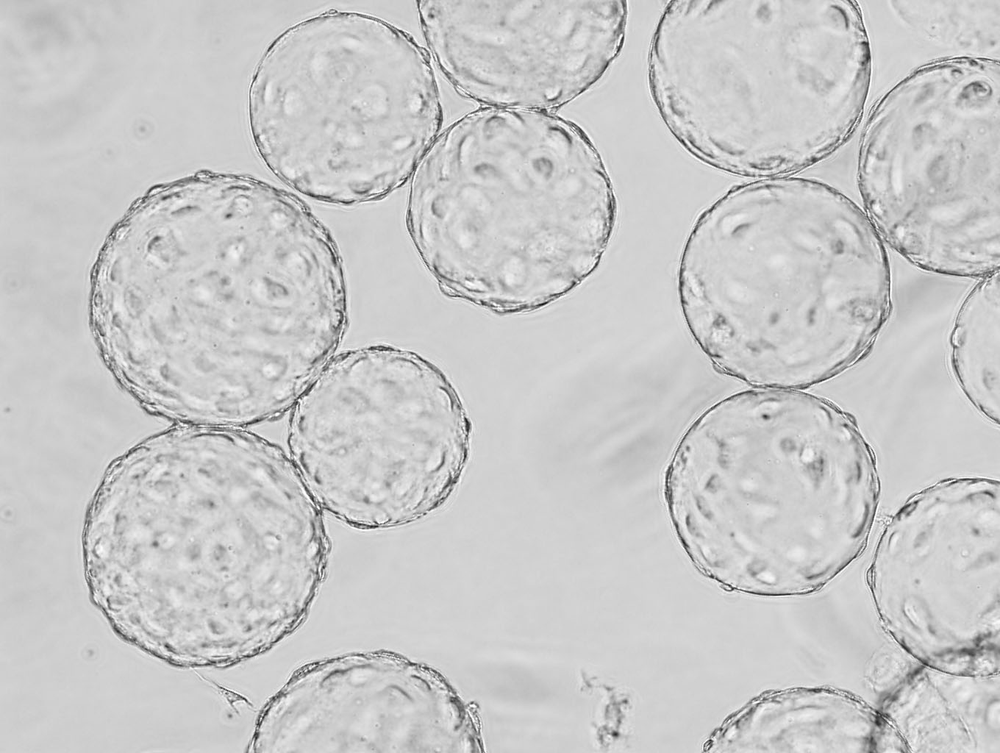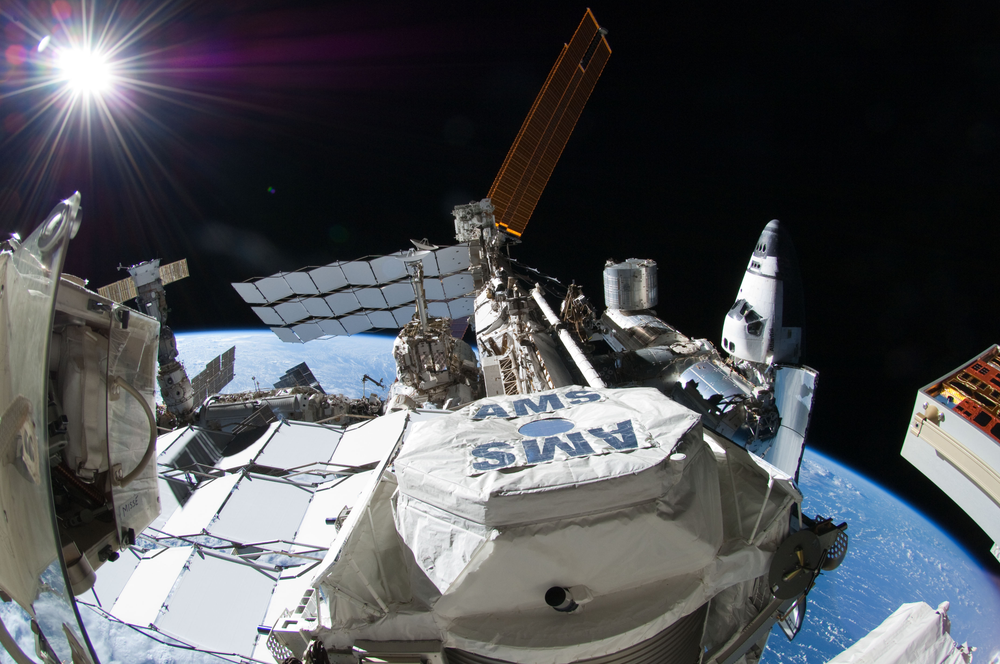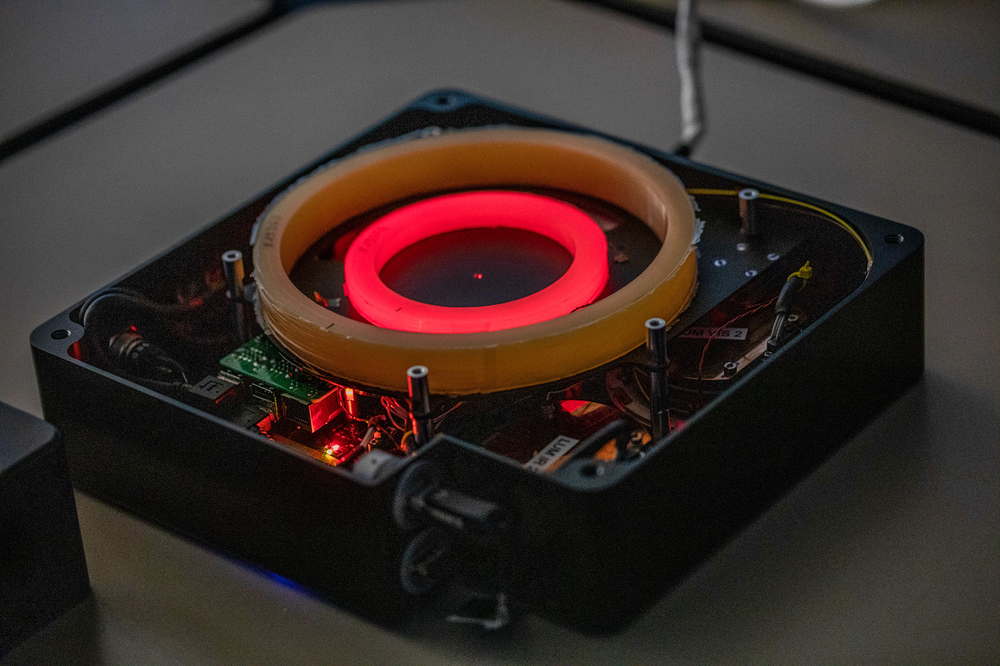Station Science Top News: April 26, 2024
Researchers discovered that only three days of spaceflight caused increases and decreases in the expression of more than 11,000 genes in arterial muscle cells. Most of these genes are involved in processes and interactions in the extracellular matrix, a network of proteins and other molecules that surround and support cells and tissues in the body. The results support future research into the specific mechanisms that cells use to respond to spaceflight.
As astronauts spend more time in microgravity, they are subject to cardiovascular deconditioning including loss of vascular tone, reduced total blood volume, and diminished cardiac output. STaARS Bioscience-3 examined the mechanisms of vascular cell damage in space at the genetic level. Understanding these mechanisms is important for protecting crew health on future space missions and could provide insight into cardiovascular diseases on Earth.

***
Ten years of precise measurements by AMS-02 of the direction of cosmic ray flows show unexpected features not fully explained by current understanding of these phenomena. This study contributes to ongoing efforts to understand the sources of cosmic rays, which could help protect crew members on future missions and advance our understanding of the universe.
Stars and planets represent about five percent of the total mass in the universe. The rest is either dark matter or dark energy, but no one has ever seen this material or been able to study it. AMS-02 is an alpha-magnetic spectrometer that looks for evidence of dark matter and energy and measures very high-energy radiation from distant stars that could harm crew members on future long-duration missions. To date, AMS-02 has collected more than 220 billion events of galactic cosmic rays.

***
During 699 days of operation, the Lumina instrument detected slight increases in radiation levels related to solar particle events or solar flares, especially near Earth’s poles. These results demonstrate the instrument’s ability to detect the effects of solar particle events on the received radiation dose inside ISS and could support development of appropriate responses to these events.
ESA’s (European Space Agency) Lumina measures radiation dose in complex environments in real time. Ionizing radiation is a potential risk to human health and equipment on future space missions. Solar particle events, which can release large amounts of energy and matter, are unpredictable and crews must be able to respond quickly to protect themselves and equipment on their spacecraft.








